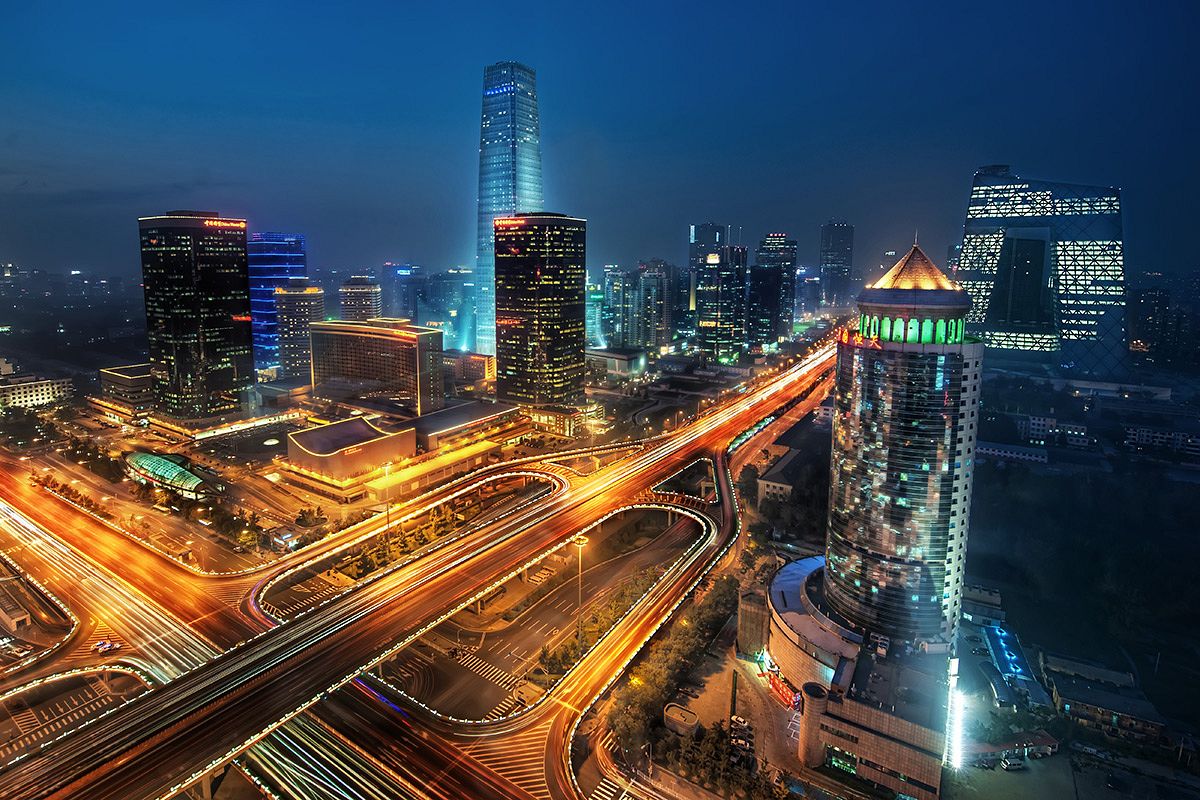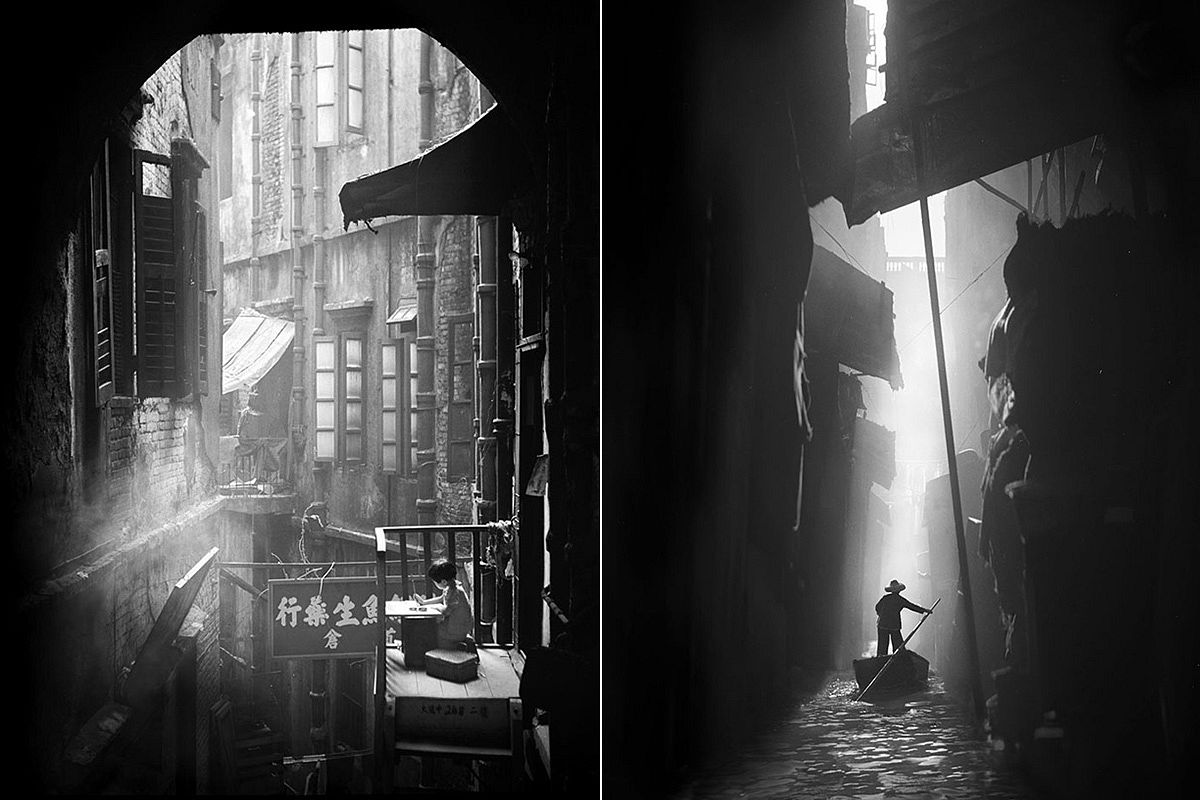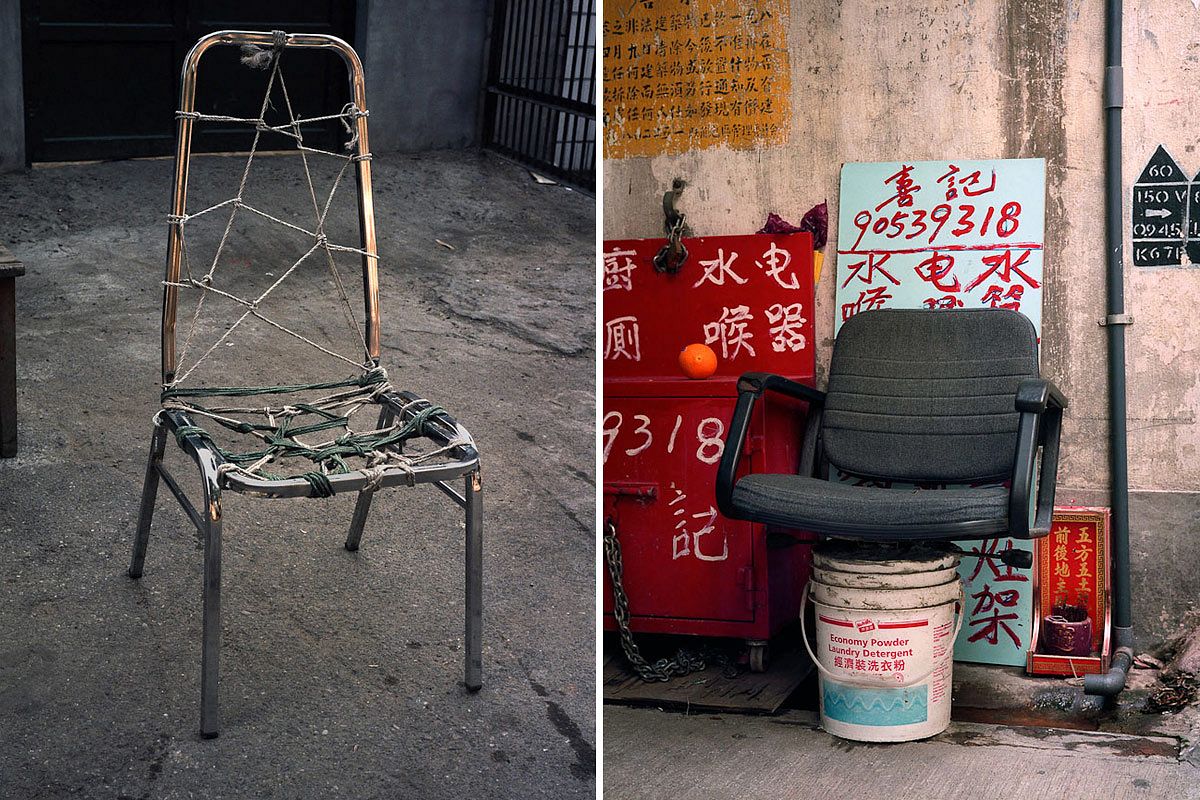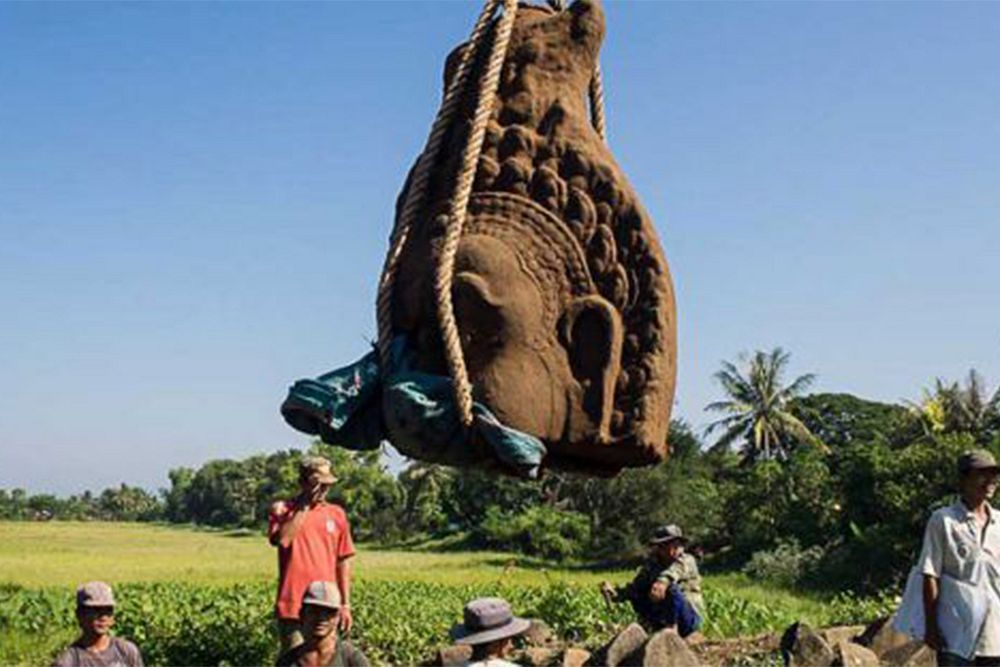China is doing away with strict, decades-old policies that sought to limit the size or Beijing, instead putting the wheels in motion to transform the megacity into a supercity capable of supporting a population of 130 million souls.
Related Articles:
- [Photos] Photographer Captures China’s Deadly Air Pollution
- Epic Drone Video Shows The Another Side Of Hong Kong
- [Video] Chinese Company Builds 57-Story Skyscraper In 19 Days
Under the plan, facilities such as hospitals and factories would be moved to the city’s hinterlands, easing congestion, and spreading well-paying jobs into less-developed areas, writes the New York Times.
The new metropolis would be the centerpiece of the Jing-Jin-Ji superregion one that will house a population about 10 times that of Saigon's. And it’s not only the number of people that is eye-popping, but the urban area’s geographic scale:
“It would be spread over 82,000 square miles, about the size of Kansas, and hold a population larger than a third of the United States. And unlike metro areas that have grown up organically, Jing-Jin-Ji would be a very deliberate creation. Its centerpiece: a huge expansion of high-speed rail to bring the major cities within an hour’s commute of each other.”
However, there’s still a long way to go before the plan becomes a reality as a huge investment in transportation infrastructure is required.
“Until recently, high-speed rail failed to connect many vital cities around Beijing, while many roads did not link up. Planning reports say the area has 18 “beheaded” highways — major arteries built in one of the three districts but not linked to others. One highway ends at a bridge over the mostly dried-out river dividing Yanjiao from Beijing, and has remained unfinished for years.”
“This is a huge project and is more complicated than roads and rail,” Wang Jun, a historian of Beijing’s development told the Times. “But if it can succeed, it will change the face of northern China.”
[Photo via Trey Ratcliff]














